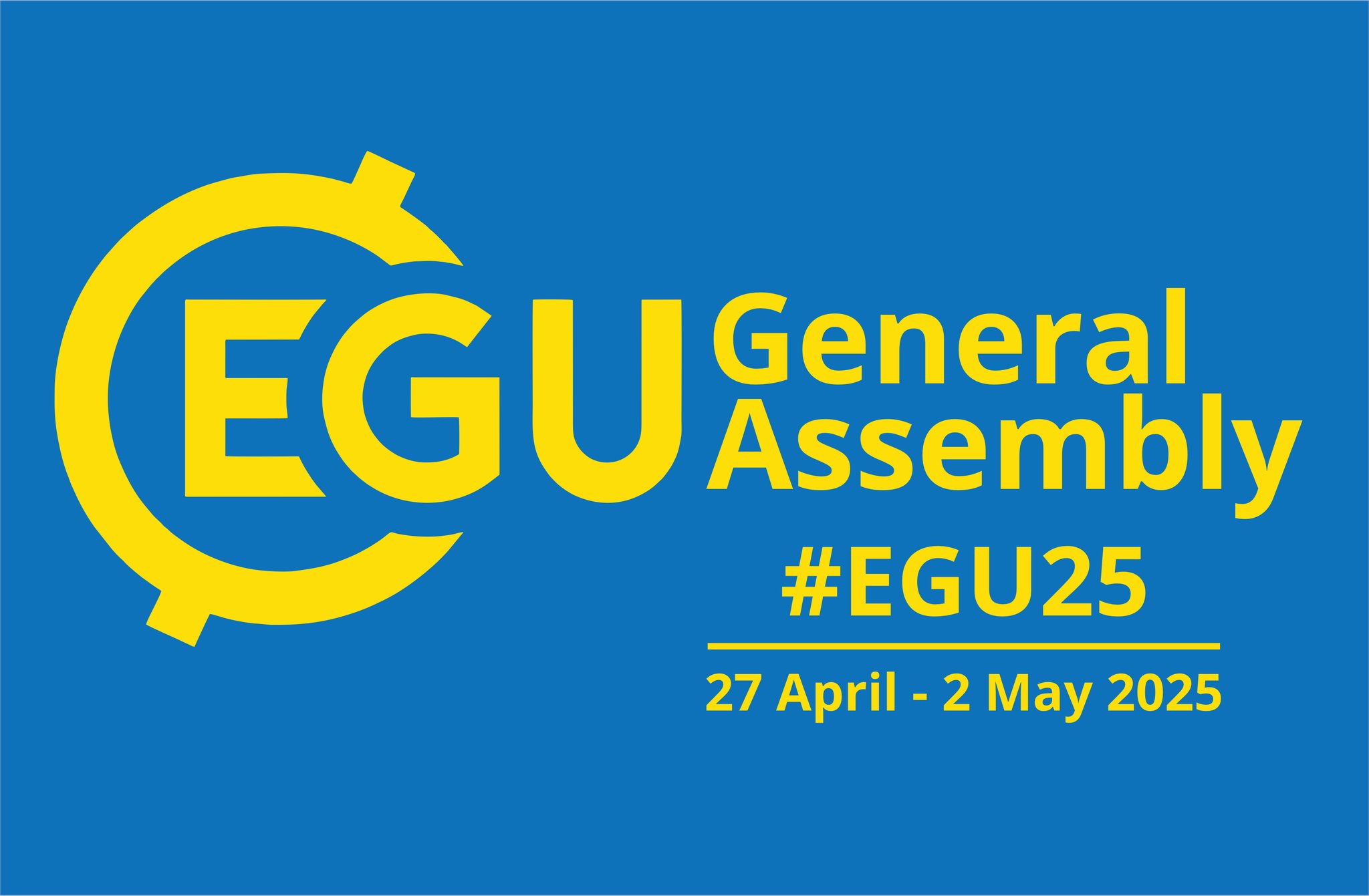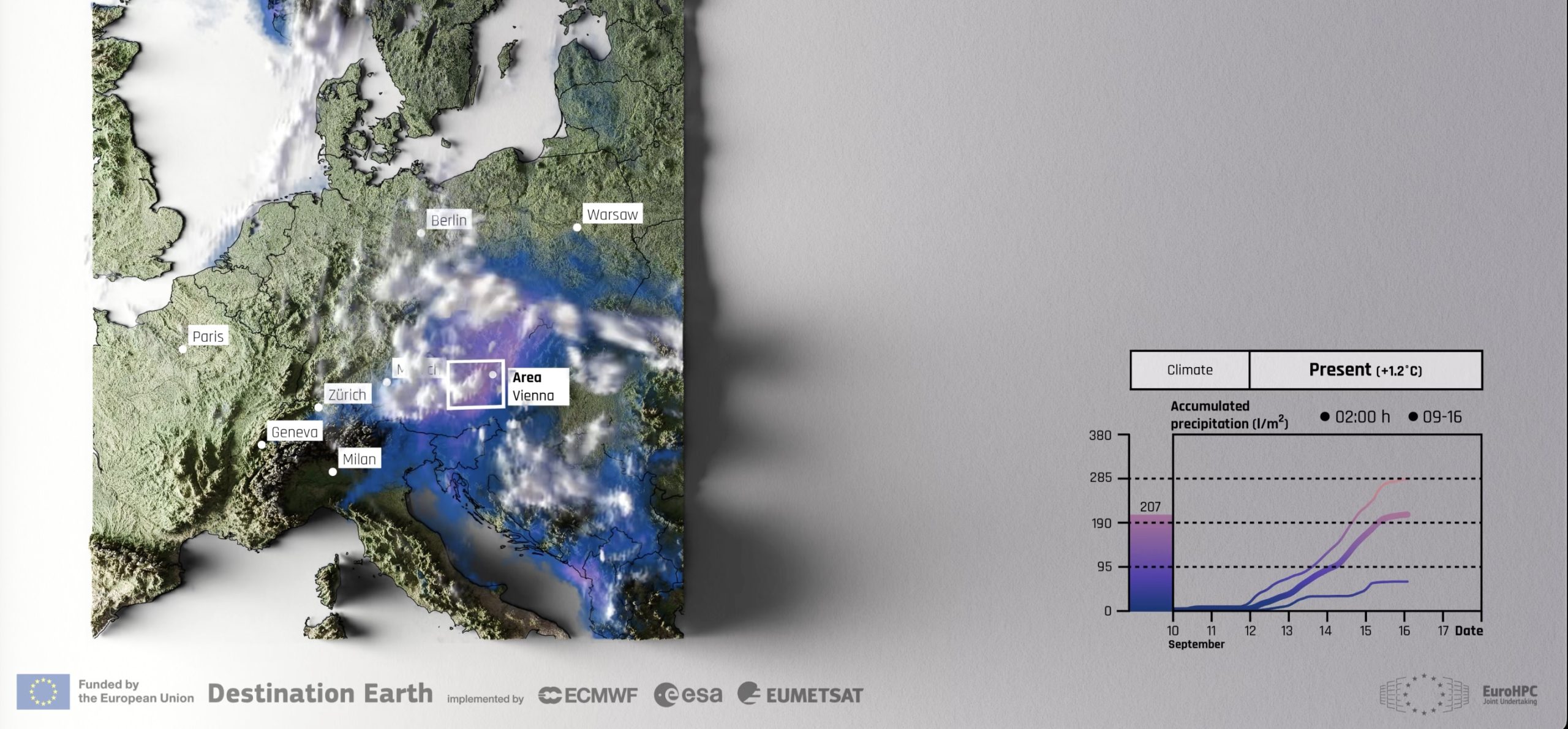
Image credit: The 2R Artificiality – stock.adobe.com.
A new effort to provide accessible urban heat information has been launched in the framework of Destination Earth (DestinE). The EU-funded contract involving the Portuguese non-profit collaborative laboratory +Atlantic CoLAB will explore the benefits of combining the data of digital twins implemented in the Destination Earth initiative of the European Commission with advanced artificial intelligence and machine learning (AI/ML) techniques to assess the increasing health risks associated to heat in metropolitan areas.
The European Centre for Medium-Range Weather Forecasts (ECWMF) has concluded an agreement with +Atlantic CoLAB through a procurement issued in the frame of ECMWF’s involvement in DestinE to provide urban heat information by combining ML-based modelling techniques with data from the Climate Change Adaptation Digital Twin (Climate DT) and the Weather Induced Extremes Digital Twin (Extremes DT). This work will feed into the joint European Union – United States AI for the Public Good partnership.
Vital information for heatwave impacts in urban areas
With the innovative combination of AI/ML and the digital twins data, the Urban Heat Health Forecasting activity (UHHF) aims at providing highly accurate, relevant and interactive heat impact information that will address some of the key questions for local authorities and public health managers regarding the increasing impacts of heatwaves in cities due to the Urban Heat Island effect, which can raise temperatures by as much as 5ºC respect to nearby suburban or rural areas making heatwaves worse.
Local decision makers need spatial and temporally accurate information on the occurrence, location and duration of heatwaves to better anticipate the impact of heat and its extremes on human health. The high-resolution climate and weather data of DestinE DTs (at a spatial resolution of about 4.4 km) will be downscaled to sub-km scales of around 200 metres using machine learning approaches that have already been tested for Lisbon and four Danish cities in the framework of other +Atlantic CoLAB projects.
For UHHF, +Atlantic CoLAB will integrate the DestinE data adding new metropolitan areas from Europe and beyond. One key objective of the UHHF activity is to demonstrate how the solution will be scalable to urban areas across the world. The application seeks to provide hourly mapped information regarding urban weather by means of downscaled air temperature, human heat stress and its duration.
With this invaluable information, decision makers can address crucial questions on the benefits of green urban zones, the areas and population groups most exposed to extreme heat or the most exposed location in the city.
Urban heat, a growing health risk in a changing climate
The latest data shows our changing climate is characterised by more frequent, longer and intense heatwaves that pose significant challenges in our highly urbanised and ageing societies.
The challenges range from increased heat-related mortality rates and hospital admissions among vulnerable populations to disparities in household energy poverty in relation with electricity demand for cooling.
During heatwaves, surface materials and reduced vegetation in urban areas lead to a greater absorption of solar energy and a reduction in heat dispersion, known as the Urban Heat Island effect. In addition, the so-called ‘urban canyons’ impact airflow, further intensifying heat retention.
High-precision techniques like those carried out in the new activity led by Atlantic+ can be crucial in identifying vulnerable areas, prioritising prevention measures, and evaluating adaptation strategies.
AI4 the Public Good
In January 2023 the US Department of State and the EU Commission’s DG CNECT kicked off the AI4 the Public Good common project with the objective of enhancing collaboration to share technical and scientific expertise in providing AI-based solutions for common global challenges such as extreme climate and weather challenges, emergency response, energy optimisation or disaster response. The European Commission’s Destination Earth initiative will play an important part by demonstrating new applications with partners around the globe on how improved weather forecasts can lead to improved local decision making.
Destination Earth is a European Union-funded initiative launched in 2022, with the aim to build a digital replica of the Earth system by 2030. The initiative is being jointly implemented under the leadership of DG CNECT by three entrusted entities: the European Centre for Medium-Range Weather Forecasts (ECMWF), responsible for the creation of the first two ‘digital twins’ and the ‘Digital Twin Engine’, the European Space Agency (ESA) responsible for building the ‘Core Service Platform’, and the European Organisation for the Exploitation of Meteorological Satellites (EUMETSAT), responsible for the creation of the ‘Data Lake’.
We acknowledge the EuroHPC Joint Undertaking for awarding this project strategic access to the EuroHPC supercomputers LUMI, hosted by CSC (Finland), and the LUMI consortium, Marenostrum5, hosted by BSC (Spain) Leonardo, hosted by Cineca (Italy) and MeluXina, hosted by LuxProvide (Luxembourg) through a EuroHPC Special Access call.
More information about Destination Earth is on the Destination Earth website and the EU Commission website.
For more information about ECMWF’s role visit ecmwf.int/DestinE
For any questions related to the role of ECMWF in Destination Earth, please use the following email links:


